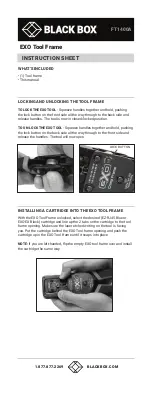
2019/10/07
Operating manual/BEAROMOS 2020/Version 1.0
Page 20 of 26
6.1.4
Log file and data storage
6.1.4.1
Log file
To record and track changes in the state of the slide bearing, the threshold value with date, time and
duration that the threshold is exceeded is recorded in a log file when the thresholds are exceeded.
This log file is created in CSV format and has the following structure:
YYYY.MM.DD; HH:MM; [Maximum_value_while_exceeded]; [Duration_exceeded_in_sec];
[Rotation_speed_while_exceeded]
6.1.4.2
Data storage
The average signal over time is stored in a ring buffer (FiFo principle) for a period of 60 days. This file
also stores the rotation speed for the current average value, in addition to the average value. This
data is saved in separate files, each file containing the data for one day. The file name of the
individual files has the following structure with a time stamp:
BEAROMOS_AV_
YYYY-MM-DD_HH-MM
.csv
If recording is interrupted, e.g. by closing the Recorder program, a new file is created when recording
continues.
6.1.5
RS485 log
•
Baud rate:
230,400 kBit/s
•
Parity:
None
•
Data bits:
8
•
Stop bits:
1
•
Flow control:
None
•
Interval of the individual messages:
1.024ms
The BEAROMOS sensor transmits data in binary format as follows:
Log Message format1 (MF1) ADC value
1. Start character
0xA0
1Byte
2. Consecutive number
LL
2Byte
3. Measured value
MMM
3Byte
4. Check byte
C
1Byte
5. End character
0x55
1Byte
The data represent an ADC measured value in 24Bit signed representation. As this format does not
exist in this form, it must be converted into I32.
ADC = ADC << 8; // 32Bit is created from the 24Bit (eight zeros added to the right)
// In particular, the I24 sign bit is moved
// to the I32 sign bit position!
ADC = ADC >> 8; // Restore original value, expand sign
Log Message format2 (MF2) Time offset of round trip pulse, amplification







































